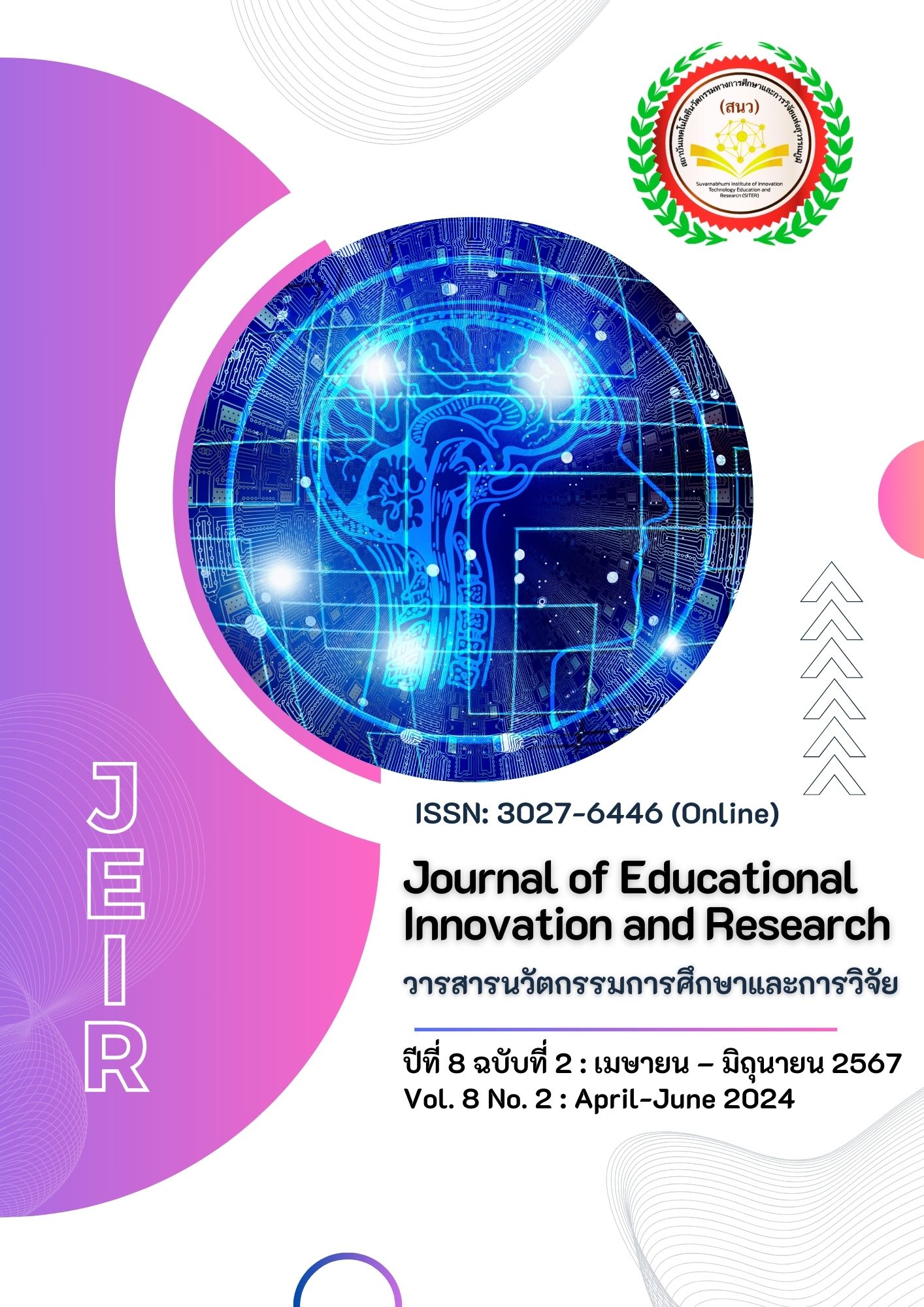The Effects of Learning by Using Mathematical Tasks to Promoting Mathematics Concept on Percentage of Grade 5 Students
Main Article Content
Abstract
This research aimed 1) to study the mathematical concept and 2) to study the mathematics learning achievement on percentage of grade 5 students after learning by using mathematical tasks to promoting mathematics concept compared to the 60 percent criterion. Population was 13 grade 5 students in the second semester of the academic year 2021. The research instruments consisted of
1) lesson plans, 2) mathematical concept test on percentage, and 3) a test to measure the achievement of mathematics on percentage. The data were analyzed by using percentage, arithmetic mean, and standard deviation.
The research results were found as follows; 1. the mathematical concept on percentage of grade 5 students after learning by using mathematical tasks was statistically higher than the 60 percent. The average score was 73.87 percent of the total score. Most students understand the concept of writing percentages and the concept of percentage of counting as well. For the concept of the percentage problem price reduction problem and the problem of profit and loss, It was found that students with low scores had difficulty in computational thinking and critical thinking. Therefore, the answer summaries were inaccurate and not correct. and 2. the mathematics learning achievement on percentage of grade 5 students after learning by using mathematical tasks was statistically higher than the 60 percent. The average score was 75.50 percent of the total score.
Article Details

This work is licensed under a Creative Commons Attribution-NonCommercial-NoDerivatives 4.0 International License.
References
Cai, J. & Lester, K. (2010). Why is teaching with problem solving important to student Learning. National Council of Teachers of Mathematics.
Henningsen, M. & Stein, M.K. (1997). Mathematical Tasks and Student Cognition: Classroom-Based Factors That Support and Inhibit High-Level Mathematical Thinking and Reasoning. Journal for Research in Mathematics Education, 28(5), 524-549.
Kaewmeechai, N. (2020). Hands-On Learning Approach with Tasks for Grade 5 Students’ Mathematical Creativity in Fractions and Mixed Numbers [Master’s Independent Study, Naresuan University].
Mahavijit, P. (2014). How to ask questions in a math classroom. IPST Magazine,42 (188), 22-26.
Makanong, A. (2014). Mathematics for secondary school teacher. Faculty of Education, Chulalongkorn University.
Makanong, A. (2016). Mathematical process skills: Developing for development (3rd ed.). Faculty of Education, Chulalongkorn University.
Moothummachai, N. (2020). Promoting Mathematical Reasoning Abilities in Relations and Functions of Grade 10 Students by Using Mathematical Tasks [Master’s Thesis, Chiang Mai University].
Stigler, J.W., Gallimore, R., & Hiebert, J. (2000). Using Video Surveys to Compare Classrooms and Teaching Across Cultures: Examples and Lessons from the TIMSS Video Studies. Journal for Research in Educational Psycgologist, 32(2), 87-100.
Udinkaew, C. (2016). Designing Mathematical Tasks for Developing Mathematical Thinking of Upper Secondary School Students in the Classroom Taught Through Open Approach [Master’s Thesis, Chiang Mai University].

